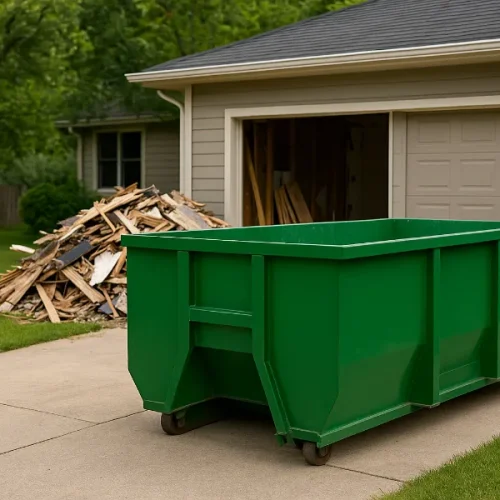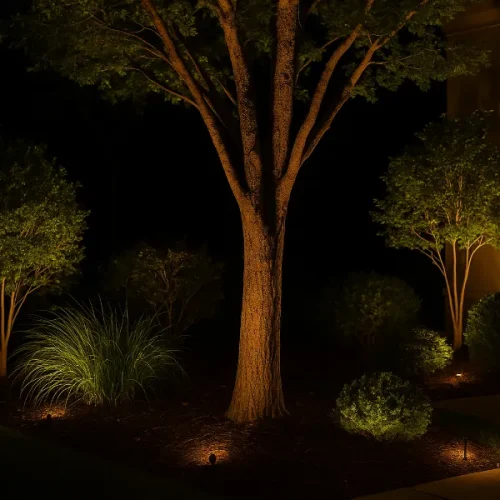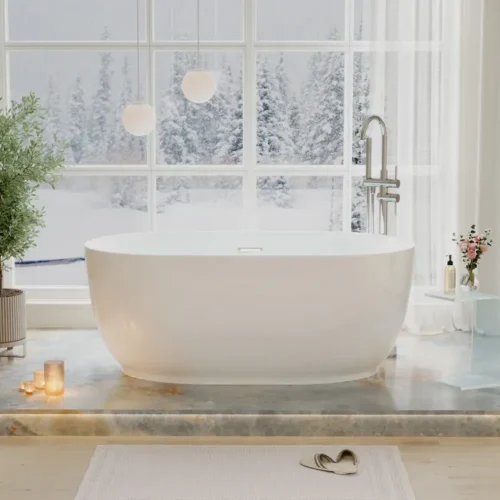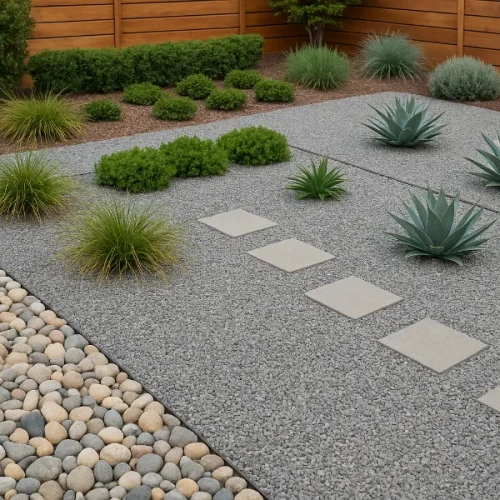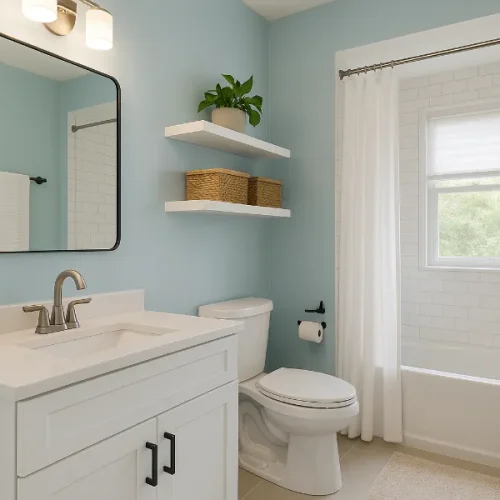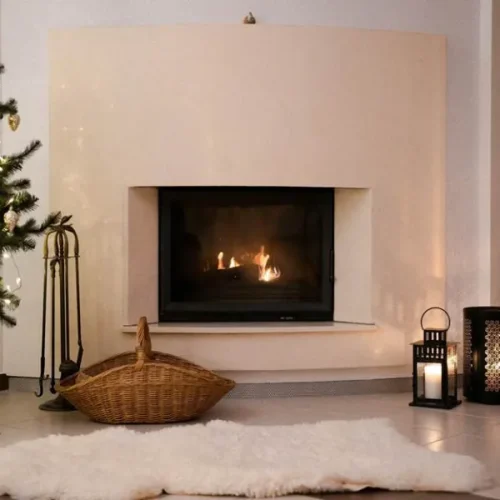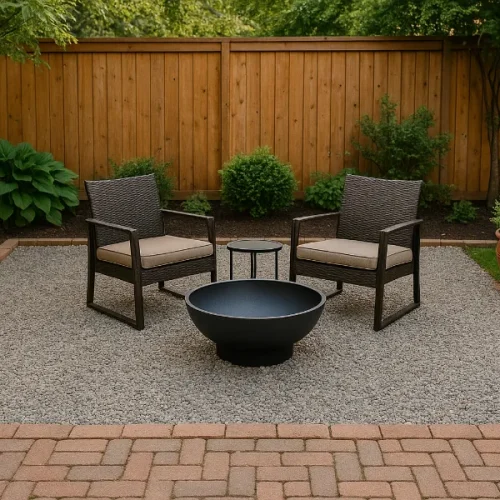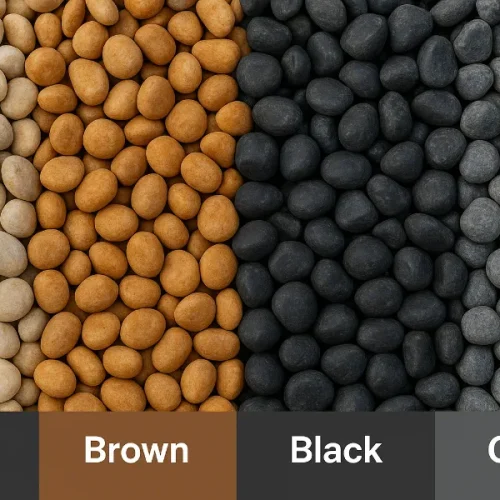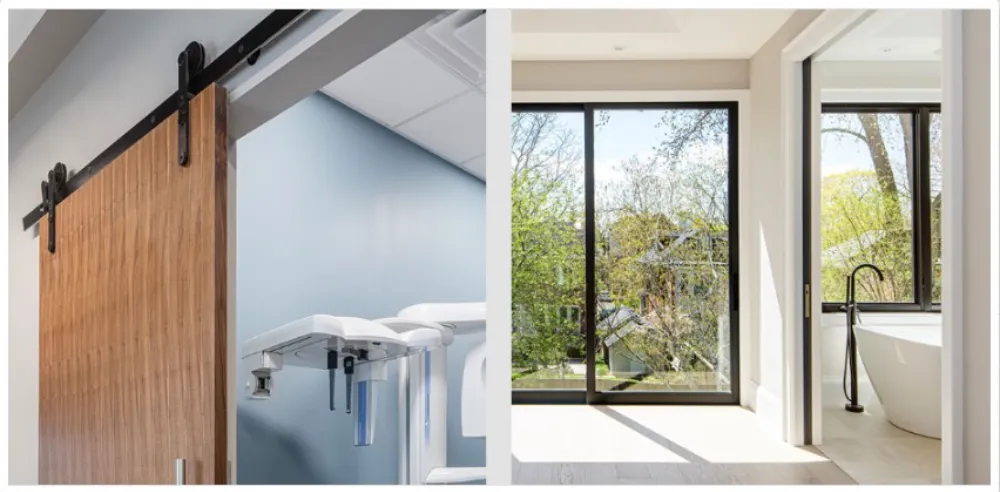
Every home holds stories that unfold through movement; doors opening softly, spaces connecting seamlessly, comfort meeting design. Silent sliding doors embody that balance of peace and precision. They don’t just close a room; they define the pace of living.
The beauty of sliding door systems is not visible, but the tracks, bearings, and smooth sliding door hardware transform motion into elegance. They redefine the way that doors operate, by blending design with technology to create tranquil beauty. Behind every effortless glide rests the science of engineered sliding door systems; a quiet harmony between structure, materials, and human comfort.
The Engineering Behind Silent and Smooth Sliding Door Systems
Every detail in sliding door systems exists to serve one purpose; balance. Doors should never remind anyone they are moving; they should simply move. Precision engineering ensures the motion remains seamless, resisting friction that once made traditional doors harsh and noisy.
The combination of soft close technology, premium rollers, and durable tracks brings this smoothness to life. When smooth sliding door hardware is paired thoughtfully, motion becomes a sensation. The silence here doesn’t mean absence of sound, but a state of peace. Modern engineered sliding door systems achieve this peace through constant refinement, each component tested, adjusted, and aligned until the door glides with quiet assurance. The result is natural motion, almost invisible, yet deeply satisfying.
The Silent Dialogue Between Design and Function
The beauty of silent sliding doors lies in how they merge aesthetics with mechanics. Interior designers favor them for more than appearance and for atmosphere. Each door invites stillness without stiffness, movement without effort.
A perfect balance of stainless-steel bearings and aluminium frames ensures every slide holds its rhythm. When paired with soft-close systems, these materials reduce vibration and prevent slamming shut, keeping peace in the air. For homes and offices designed with open plan concepts, this harmony defines the environment. These door systems offer more than utility; they create quiet boundaries that breathe instead of block.
Engineering in Motion: The Hidden Strength of Hardware
Underneath the sleek glass or wood panels lies the heart of motion; smooth sliding door hardware. Each mechanism within it is built with purpose. The rollers maintain perfect tension; the rails carry precise alignment; the soft close mechanisms capture motion at just the right moment.
Such design requires understanding not just how doors work, but how people move around them. The result is a system that mirrors human rhythm, firm when needed, gentle when near the end. Engineered sliding door systems use components that resist wear, ensuring decades of consistent smooth sliding. The silent glide one experiences today remains the same years later, proving that quiet strength often hides beneath minimal form.
Aesthetic Appeal Meets Technical Precision
The way sliding doors provide clarity and connectivity is an art. If they are paired with glass panel doors, they let in sunlight while preserving privacy. The minimal profile of their designs enhances energy efficiency and ensures that rooms remain insulated, but without losing style.
Designers often find beauty in restraint. The thin aluminium frames and refined finishes of engineered sliding door systems allow architecture to speak softly. These doors do not demand attention; they earn it through their quiet sophistication. Through soft close mechanisms, each slide feels deliberate, every pause intentional. Movement becomes poetry written in silence.
Soft Close Systems: Where Technology Protects Calm
A home or workspace thrives on rhythm. The jarring sound of a door slamming shut interrupts that flow. Here, soft close systems act as silent guardians. As a door approaches its frame, the hydraulic damping absorbs the force and guides it to rest.
This innovation defines smooth sliding door hardware. It blends mechanical control with emotional ease, giving users confidence that silence will always return. These engineered sliding door systems are more than structures—they are experiences shaped by empathy. Such quiet precision becomes addictive. Once experienced, no one desires doors that shout when they could whisper.
Sustainability in Silence: The Future of Door Design
Modern architecture respects both space and sustainability. Sliding systems embody that principle, reducing the need for swinging clearance and optimizing air circulation. The materials, such as recycled aluminium frames and stainless-steel tracks, add longevity while supporting responsible construction.
As homes evolve into open, connected spaces, silent sliding doors serve as bridges rather than barriers. Their design encourages natural light, promotes energy efficiency, and sustains elegance without excess. Such innovation shows how engineered sliding door systems are not only about motion but about mindful living, where every glide respects the world around it.
Why You Feel the Difference Every Time You Slide
A door that moves quietly creates a sense of comfort that lingers, leaving an impression far beyond function. The soundless flow and the effortless motion reflect precision that cannot be faked, a reflection of care that goes into every detail. Every part of smooth sliding door hardware contributes to that experience, ensuring durability while preserving grace.
Over time, people grow attached to the stillness these sliding door systems bring. The smooth, controlled closing, the soft halt at the end, and the visual clarity of glass panels make living spaces more peaceful and emotionally balanced. Such moments, where design and feeling meet, define what true craftsmanship means; timeless, thoughtful, and beautifully silent.
Every Home Deserves Peace
Every movement should feel intentional, not mechanical. The brilliance of silent sliding doors lies in how they translate complex engineering into effortless beauty. The calm they bring is engineered, not accidental.
Through materials like stainless steel and aluminum frames, and features such as soft close technology, these doors promise continuity of silence, today and years from now. Sliding door systems built with precision redefine how doors enhance everyday living. True quality is felt, not heard. That is the legacy carried by engineered sliding door systems, where innovation meets grace in perfect rhythm, crafted with the precision and durability known in K.N. Crowder sliding door hardware.
FAQs
Silent systems use precision bearings, smooth tracks, and soft-close technology to minimize noise and vibration.
Soft-close mechanisms slow the door near the end of its travel, guiding it gently into place without slamming.
Yes. Quality systems use materials like stainless steel and aluminum that resist wear and ensure long-lasting performance.
Absolutely. They fit well in residential spaces, commercial environments, and open-plan layouts.
Yes. Sliding doors move along a track instead of swinging, making them ideal for compact or modern layouts.
Stainless steel rollers, aluminum frames, and reinforced tracks are most common for durability and smooth motion.
When paired with glass panels, sliding doors allow light to pass between spaces without sacrificing privacy.
Yes. Proper alignment and track setup are essential for smooth, quiet, and long-lasting operation.
They can be. Tight sealing and quality framing help maintain indoor temperature while still providing a modern look.
In many cases, yes. Retrofit kits are available, but compatibility and smooth function depend on current hardware quality.


